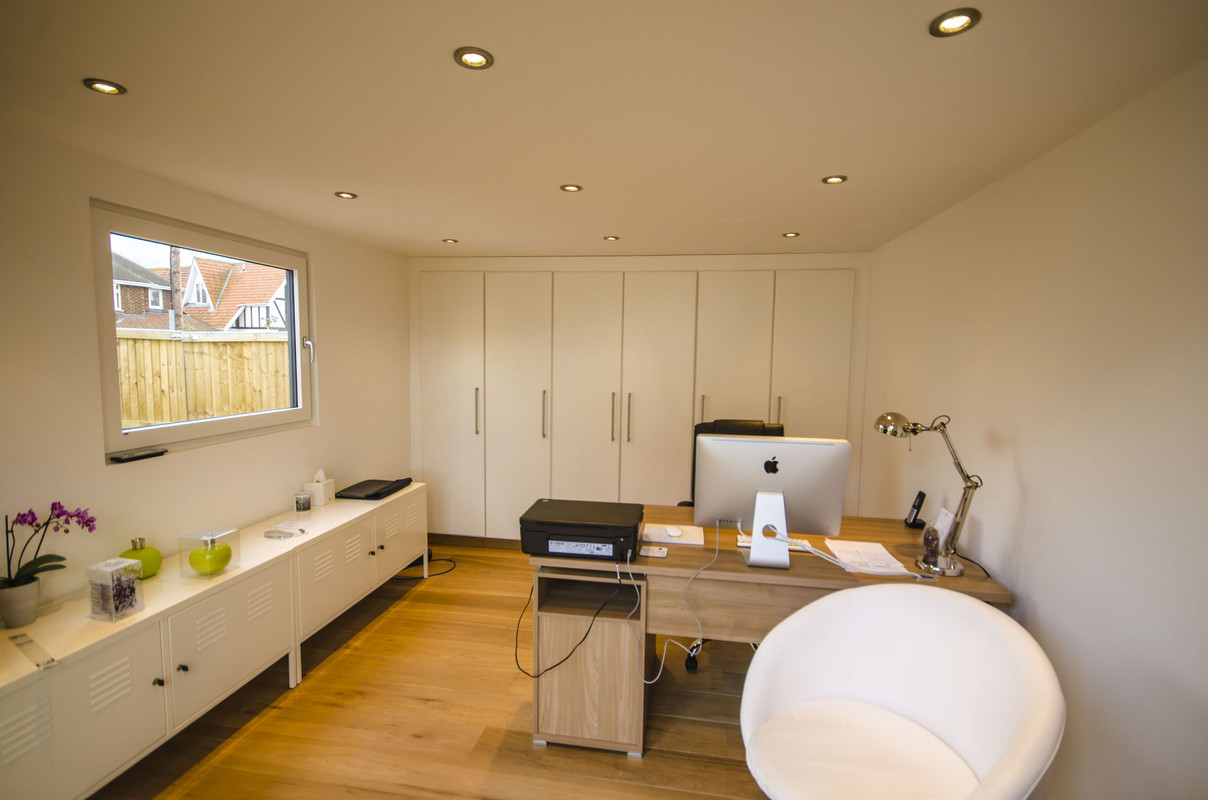The 7 Most Common Mistakes to Avoid When Choosing Wooden Outdoor Structures
The 7 Most Common Mistakes to Avoid When Choosing Wooden Outdoor Structures
Blog Article

1. Ignoring the Right Type of Wood
One of the most significant errors people make is selecting the wrong type of timber. Different types of timber have varying levels of durability, tolerance to climate conditions, and maintenance needs. Hardwoods like Oak are ideal choices because they naturally fend off decomposition and pests, making them perfect for external use.2. Not Considering Local Climate Factors
The UK’s unpredictable climate can damage outdoor units. Neglecting to consider how precipitation, gales, and temperature fluctuations will influence your timber structure can lead to accelerated degradation. Make sure to opt for treated materials and protective treatments to prolong lifespan.3. Overlooking Proper Base Preparation
A frequent oversight is not taking the time to set up a solid base. Wooden structures, especially cabins, need a even and sturdy groundwork to avoid issues like distortion and shifting. A poorly constructed foundation can cause long-term support issues, so ensuring proper foundation work is crucial.4. Opting for the Incorrect Size
Many garden owners either underestimate or fail to gauge the dimensions of their wooden outdoor units. Too small, and you might quickly outgrow it; oversized, and it could overwhelm your outdoor area. Before deciding, carefully assess the available area and consider how you’ll make the most of the unit in the future.5. Ignoring Maintenance
Timber requires regular care to stay in excellent shape. Failing to consistently treat, varnish, or protect your timber building can lead to fading, decay, or pest infestations. If you seek a low-maintenance alternative, choose durable materials that requires minimal care.6. Skipping Qualified Installation
While do-it-yourself tasks can be fulfilling, assembling a timber unit without skilled guidance can lead to stability problems. Hiring trained professionals ensures correct installation, helping you avoid time, stress, and potential fixes down the road.Conclusion
Steering clear of these common errors will help you invest in a timber outdoor building that is sturdy, practical, and visually appealing. If you're seeking skilled guidance and top-notch workmanship, consider reaching out to the experts in summer house paisley custom services that suit your requirements. Report this page